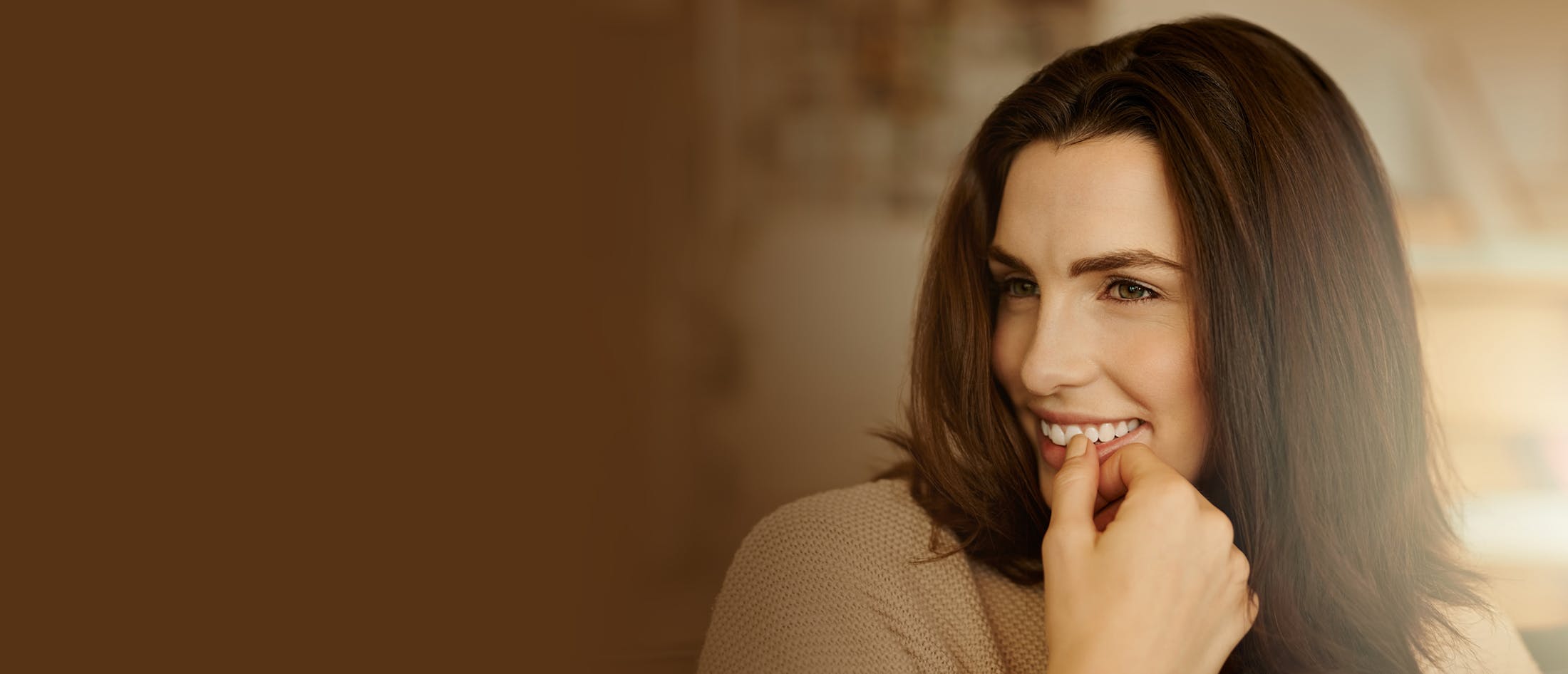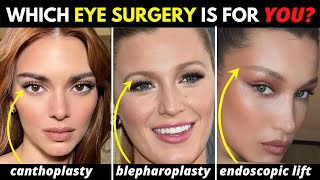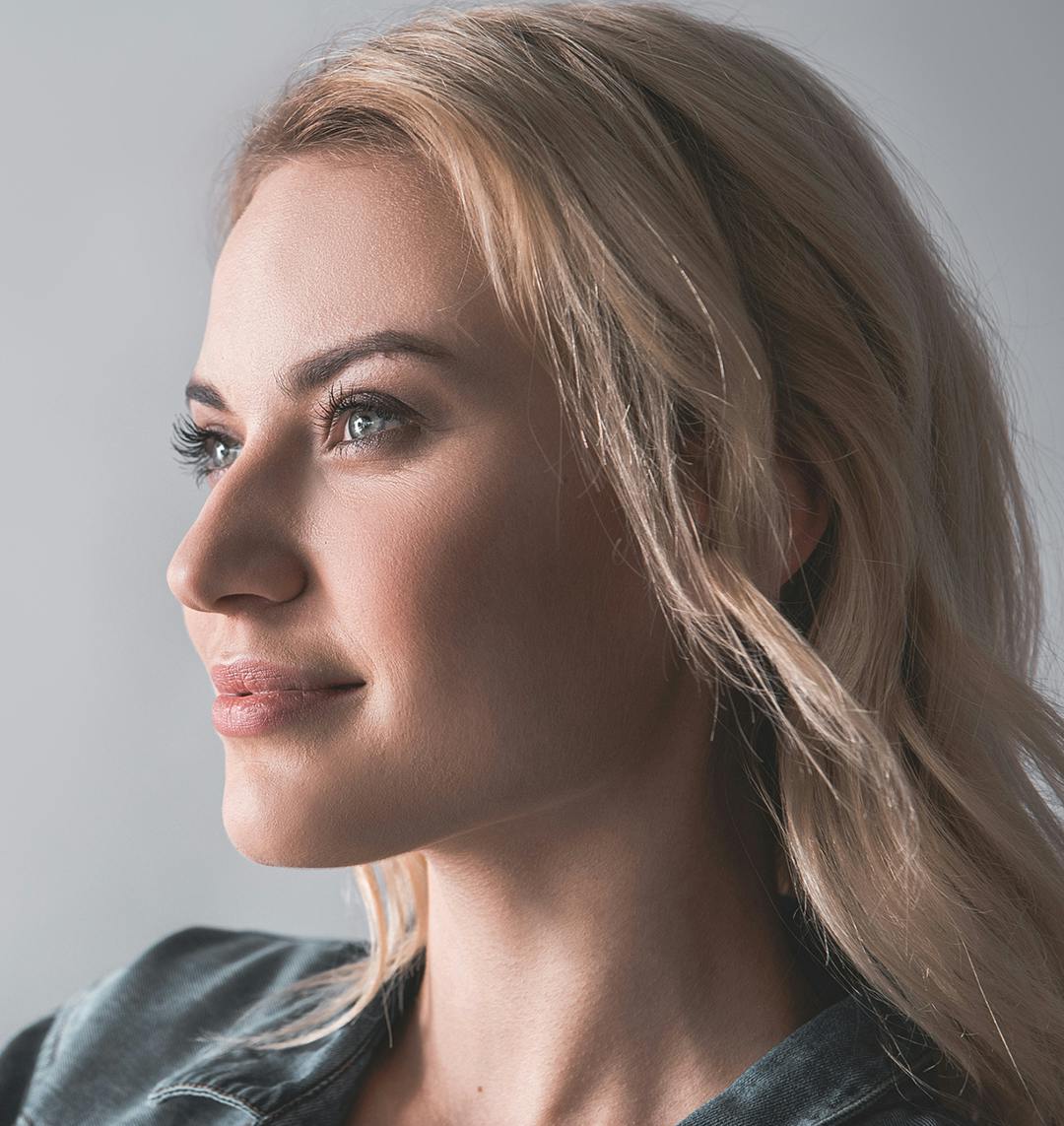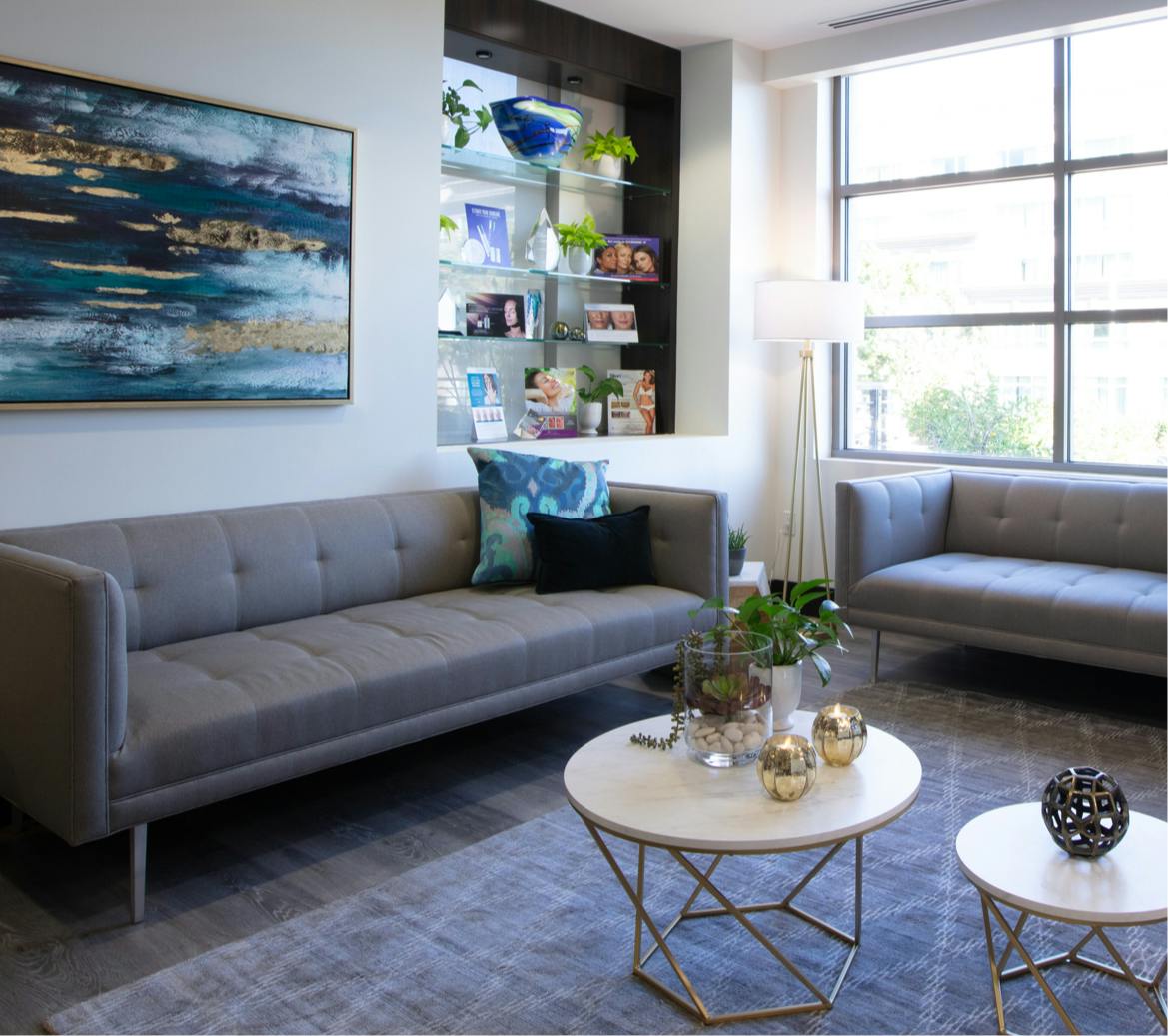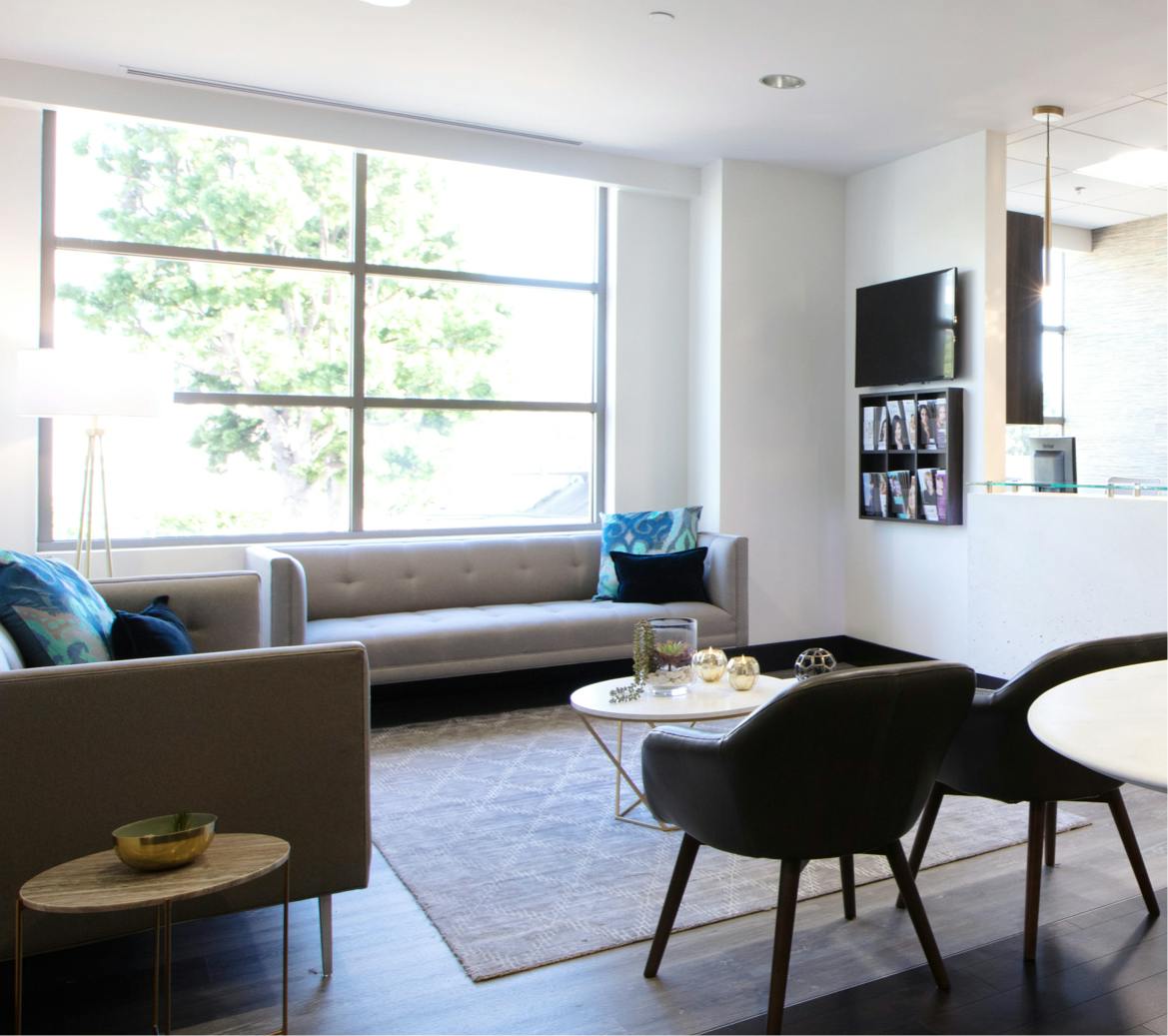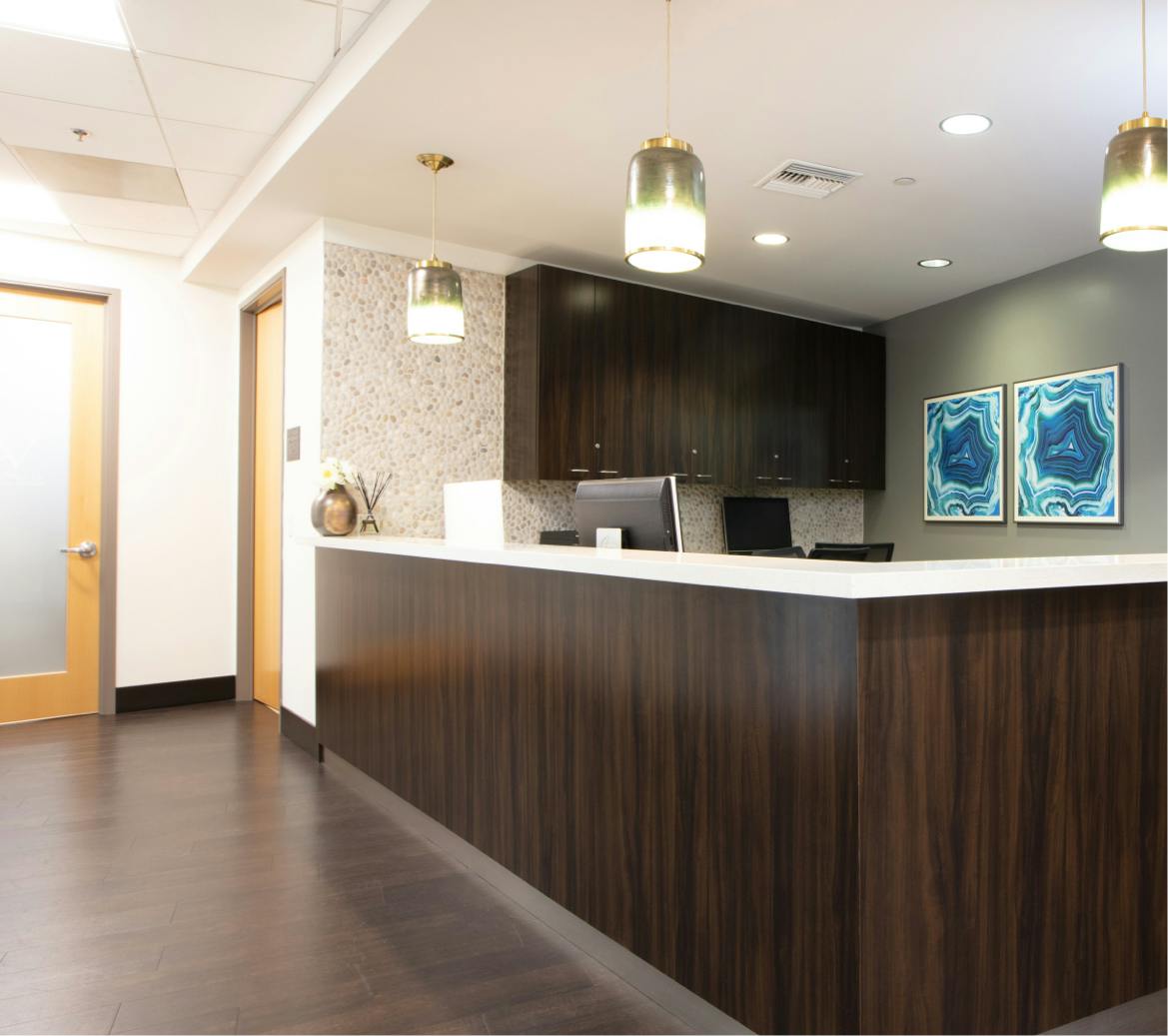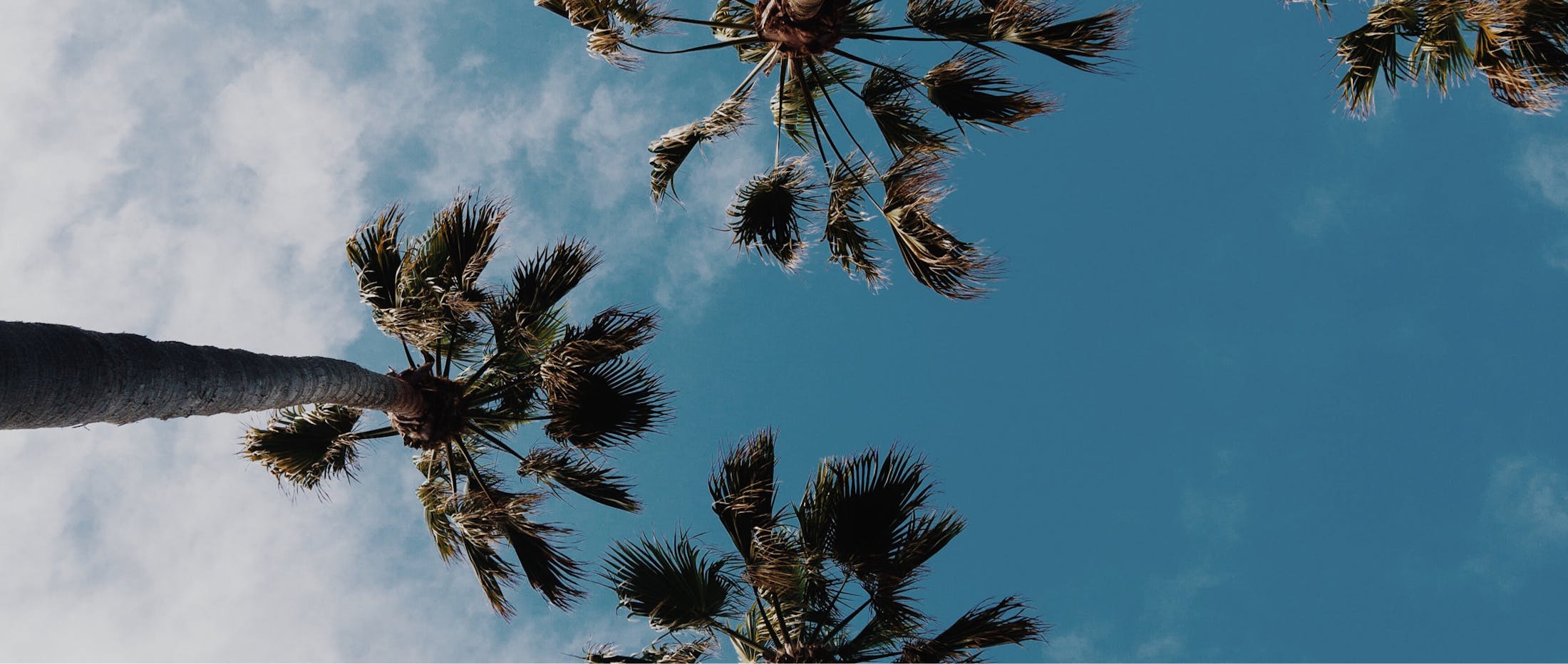Located in San Diego and serving international clientele.
While often overlooked, the lower eyelid region is crucial for a vibrant, youthful appearance. Dr. Karam’s comprehensive Vertical Restore® procedure not only enhances the entire face but also includes specialized lower eyelid rejuvenation, designed to seamlessly restore harmony to your features. By addressing both the eyes and the surrounding areas, this approach supports the overarching goal of a revitalized, naturally refreshed look.

